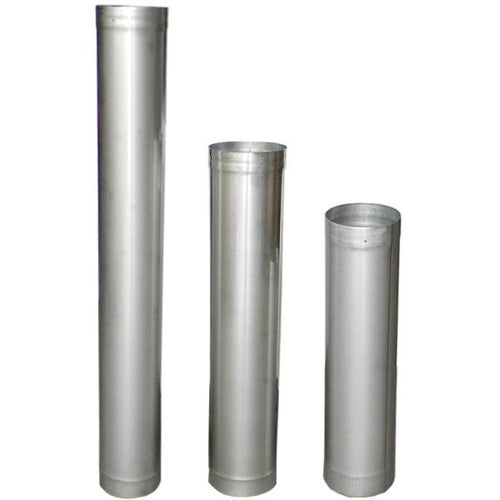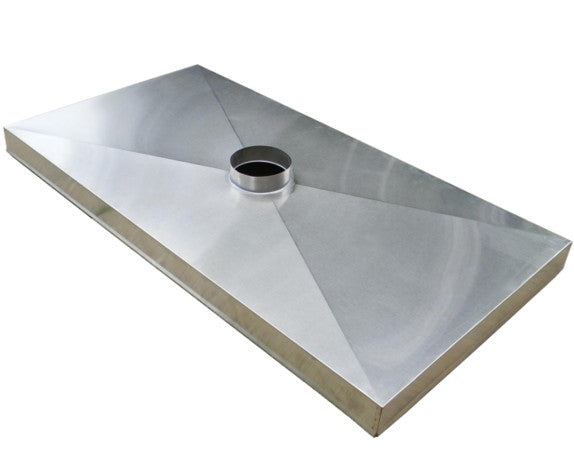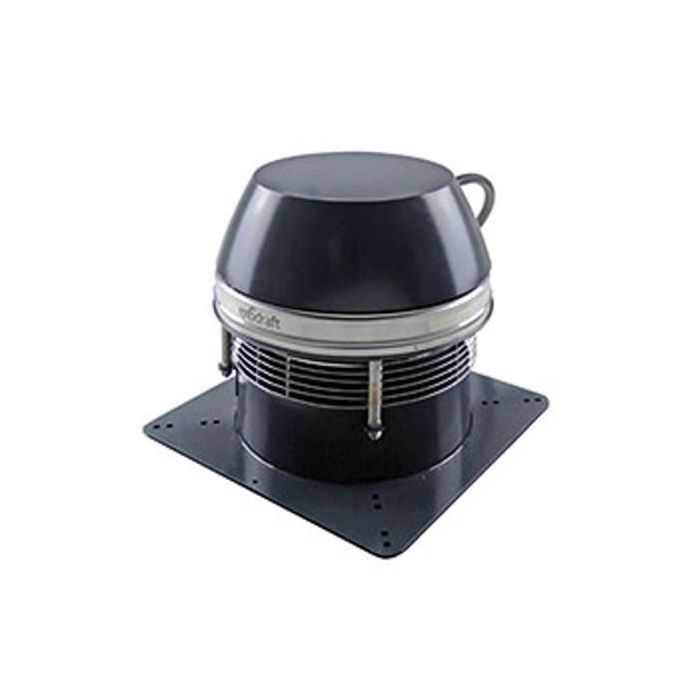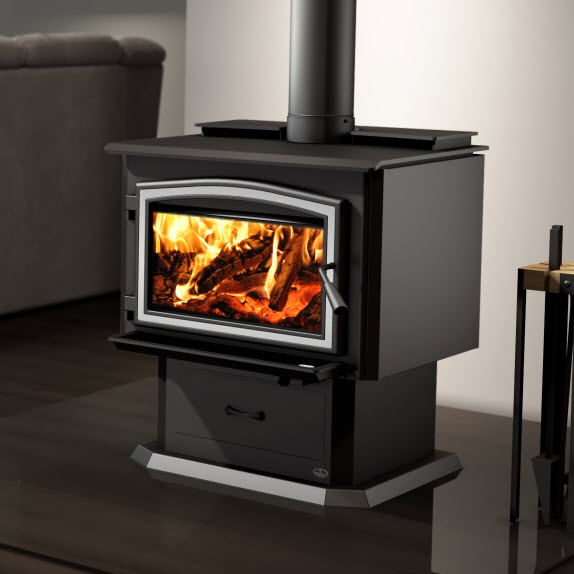Relining a Chimney Info | When is it Time to Reline a Chimney?
July 19, 2023

A chimney liner, or flue, is the inner portion of a chimney that contains and channels the products of combustion. For a chimney liner to work properly, it must be free from perforations, cracks, or damage of any kind. If it isn't intact it can allow the products of combustion, such as carbon monoxide, moisture, smoke, and creosote, to seep into the living spaces of the home, or the heat from the products of combustion to pose a fire risk to combustible materials near the flue such as framing, walls, ceilings, insulation, or floors.
Repair or replacement chimney liners typically are made of either rigid stainless steel or flexible stainless steel. Most masonry chimneys are constructed with an inner liner of clay tiles. Relining systems are available if an original clay tile liner was either never installed, or when the tile lining cracks, crumbles and deteriorates over time. Water damage, chimney fires, or just age can cause the deterioration of your clay liner.
Tips on Relining
To figure out the maximum size flue liner you can install, go on your roof and measure the inside diameter of your existing flue opening. You also need to know what length of liner to buy. If it's for a fireplace chimney and you still want to use it as a fireplace, measure from the top of your chimney to the top of the smoke chamber. You must also measure the size of your fireplace opening, height and width. If you're relining in order to use a wood stove, measure from the top of the chimney to where you'll be connecting the stove. Also measure the inside dimension of the exhaust on your wood stove, which establishes the size of liner you need.
When deciding between a rigid or flexible liner bear in mind that, although a rigid liner has the advantage of smooth walls, a flexible liner is far easier to install. Rigid pipe has to be assembled as you install it and long lengths can mean trouble if you happen to drop the partially assembled pipe down the chimney. A general rule of thumb is if you only need to reline about 12 feet (3.7 meters) of straight chimney, go with rigid liner, otherwise choose flexible.
Insulating your liner is important because it will give your chimney a better draft and help it stay cleaner longer. Especially when burning wood, an uninsulated flue will quickly lead to a build up of creosote.
DIY Center
(AKA ‘The Rockford Files’)
From video tutorials to product walkthroughs, we have a variety of DIY resources just for you! Click the button below to view our entire library.








